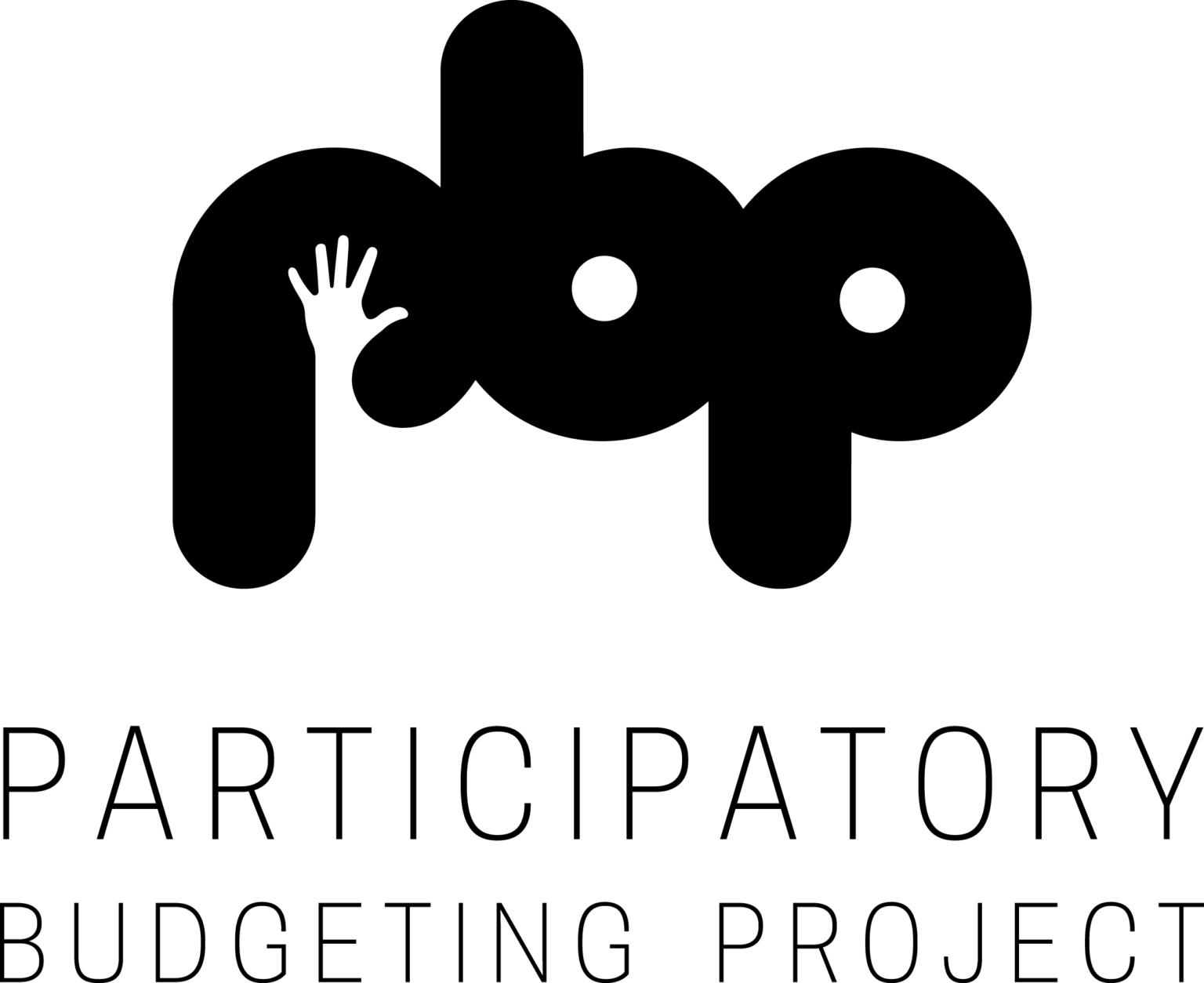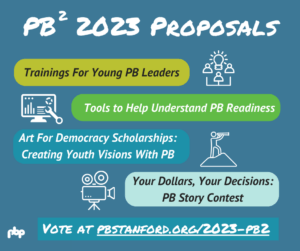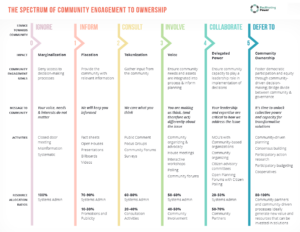We recently caught up with Brian Wampler, a professor in Political Science at Boise State University. Brian is at the forefront of comparative research on PB and we’re pretty sure he can reel off statistics on PB in Brazil in his sleep. We learned about how Brian has approached his comparative work in Brazil and about some of the key insights that it has generated. He also offered some tips for conducting comparative research in the North American context.
PBP: Where do you fit in the world of PB research?
Brian: My research involves comparative research on multiple cities within Brazil as well as impact assessment. In other words, how and why PB might have an effect on people’s lives. I have been studying and working on PB in Brazil since the mid-1990s. My first book was a comparative assessment of 8 cases of PB in Brazil, where I was attempting to show why some PB cases appear to be more successful than others. I found that the more successful cases of PB had deeper, richer civil society mobilization and that governments were highly motivated to make these programs work. The key motivations were (a) ideological, or “let’s create a new democracy,” (b) civil society-focused, or “let’s mobilize our base of supporters,” and (c) electoral, or “lets do a great job with a new participatory program, which will draw new voters to our party.”
PBP: Describe the findings in your most recent publication on PB.
Brian: In my 2015 book (Activating Democracy in Brazil) I found that participatory institutions must be “activated” through the work of citizens and government officials. State capacity and the configuration of civil society are the two most important factors that explain outcomes. In other words, it requires that PB implementers should think very carefully about the type of public goods that states can provide. This doesn’t mean that PB should be limited to only what the local state is already implementing, but it does mean that project proposals need to reflect current government activity so that the projects have a greater chance of being implemented. Just as citizens need to be set up to succeed, so to do government officials.
PBP: What are the biggest challenges you’ve encountered in researching PB, and how have you tried to overcome them?
Brian: A major problem in the field is the reliance of single cases, and often the best cases. It is vital to engage in comparative analysis. In particular, it is important to include “less than successful cases.” The number of cases doesn’t have to be large–it could be 2 or 4 or 8. For example, in New York City, an MA student could look at multiple cases. If the MA student were to study 2 cases, he or she could select one very successful district and one less successful district. If there are four cases, there could be a greater range of what is included. I am using the terms “more or less successful” cases of PB, but this is a tricky topic. I think that researchers need to develop the tools to identify which PB programs are producing better results. Factors that could be included are (a) quantity and quality of participation, (b) socioeconomic range of participants, (c) ability of the government to implement projects, (d) return rate of participants, and (e) impact of PB on social well-being of citizens.
PBP: What has your research uncovered about ways to improve PB in North America?
Brian: It is vital to incorporate the interests and motivations of government officials. It is vital to measure impacts, since people will continue to participate if they believe that their participation is having an impact. Public officials will continue to support PB, or will adopt PB, if they think that it can produce meaningful change.
PBP: What do you enjoy most about engaging with PB in your work?
Brian: Working with leaders from civil society organizations and government officials who are trying to create new forms of state-society engagement. My current work on impacts is also very rewarding because we are able to show the social benefits that are associated with the adoption of participatory institutions.





